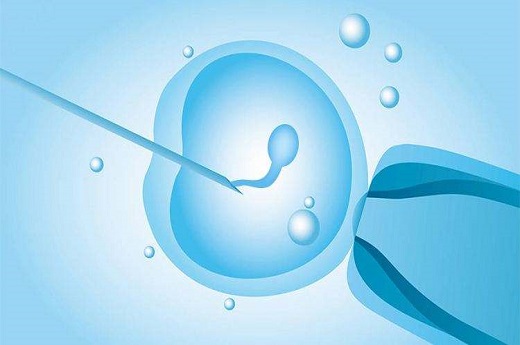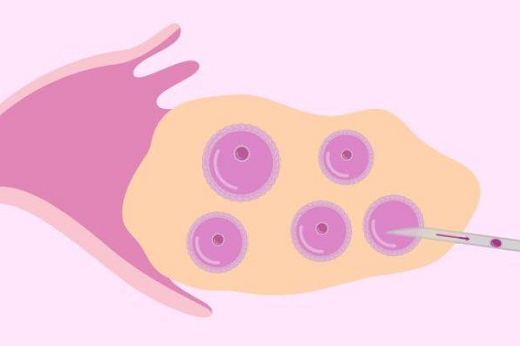Understanding the Cost and Subsidies of In Vitro Fertilization (IVF) in Sichuan, China in 2021
In 2021, the cost and subsidies of in vitro fertilization (IVF) in Sichuan, China attracted significant attention. This article provides a comprehensive exploration of the expenses associated with IVF procedures and the subsidy standards in Sichuan. It delves into various aspects, including the overall cost estimation, government subsidies, eligibility criteria, application procedures, implementation challenges, and potential improvements. Through this analysis, readers can gain insights into the financial implications of IVF and the government's efforts to alleviate the burden on families seeking assisted reproduction technologies in Sichuan.
---

Overall Cost Estimation of IVF in Sichuan in 2021
The cost of IVF procedures in Sichuan in 2021 varied depending on several factors. Firstly, the type of IVF technique used, such as traditional IVF or intracytoplasmic sperm injection (ICSI), significantly influenced the overall expenses. Additionally, the age and health condition of the individuals undergoing treatment played a crucial role in determining the total cost. Furthermore, the choice of fertility clinic or hospital also impacted the expenses, with some facilities charging higher fees for their services. It is estimated that the average cost of a single IVF cycle in Sichuan ranged from 楼20,000 to 楼40,000, excluding medication expenses and additional procedures such as genetic testing.
---
Government Subsidies for IVF in Sichuan: Exploring Subsidy Standards
The government of Sichuan province implemented subsidy programs to alleviate the financial burden on couples seeking IVF treatments. These subsidies aimed to make assisted reproduction technologies more accessible to a wider population. However, the subsidy standards varied depending on several factors, including household income, residency status, and medical eligibility. In general, eligible couples could receive subsidies covering a portion of the IVF expenses, reducing the financial strain associated with the procedures. The subsidy amount ranged from 楼5,000 to 楼20,000 per IVF cycle, with higher subsidies allocated to low-income families and those facing infertility due to medical conditions.

---
Eligibility Criteria for IVF Subsidies in Sichuan
To qualify for government subsidies for IVF in Sichuan, couples had to meet specific eligibility criteria. These criteria typically included residency requirements, age limits, and medical evaluations. Couples needed to provide proof of residence in Sichuan and demonstrate that they met the age criteria set by the government, usually between 20 and 45 years old for women. Additionally, medical assessments were conducted to determine the cause of infertility and the suitability of IVF treatment. Couples diagnosed with certain medical conditions affecting fertility were prioritized for subsidies, ensuring that those most in need received financial assistance for IVF.
---

Application Procedures for IVF Subsidies in Sichuan
The application process for IVF subsidies in Sichuan involved several steps to ensure transparency and fairness in the distribution of funds. Couples seeking subsidies were required to submit various documents, including proof of identity, residency, and medical records confirming their infertility diagnosis. Additionally, income verification documents were necessary to assess eligibility for subsidies based on household income levels. Applications were typically processed through designated government agencies or healthcare institutions, with officials reviewing each case to determine the appropriate subsidy amount. Timely and accurate submission of all required documents was crucial to expedite the subsidy approval process.
---
Implementation Challenges of IVF Subsidy Programs in Sichuan
Despite the government's efforts to provide subsidies for IVF treatments, several challenges hindered the effective implementation of these programs in Sichuan. One significant challenge was the limited funding allocated to IVF subsidies, leading to insufficient financial support for eligible couples. Additionally, administrative complexities and bureaucratic procedures prolonged the application and approval process, causing delays in accessing subsidies. Moreover, disparities in subsidy distribution existed, with rural areas facing greater difficulties in accessing IVF subsidies compared to urban areas. Addressing these implementation challenges required comprehensive reforms and increased investment in IVF subsidy programs to ensure equitable access to assisted reproduction technologies in Sichuan.
---
Potential Improvements in IVF Subsidy Policies in Sichuan
To enhance the effectiveness of IVF subsidy policies in Sichuan, several improvements could be considered. Firstly, increasing the funding allocated to IVF subsidies would allow more couples to benefit from financial assistance for fertility treatments. Simplifying the application process and reducing administrative barriers could streamline the subsidy approval process, making it more accessible to eligible couples. Furthermore, expanding outreach efforts





